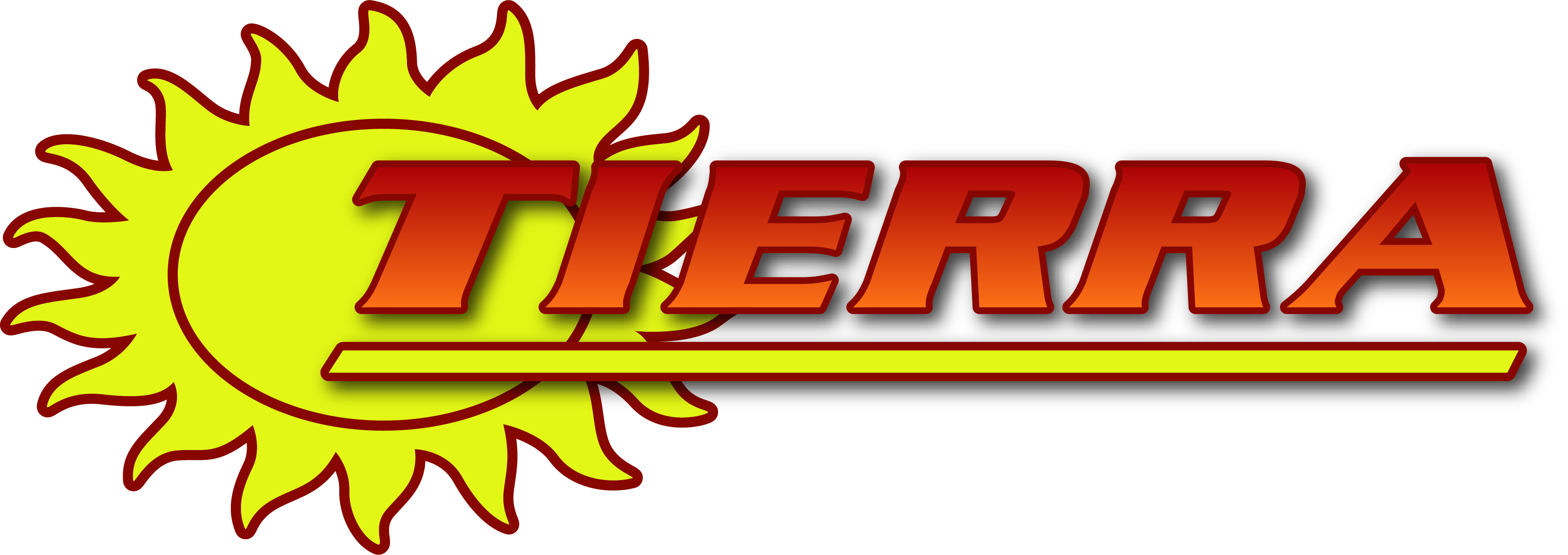Dry Ice Blasting
Dry Ice Blasting Services | Tierra Environmental
Advanced Industrial Cleaning Solutions for Over Two Decades
Tierra Environmental Services provides professional dry ice blasting throughout Indiana and the surrounding Midwest region, delivering powerful non-abrasive cleaning solutions for manufacturing facilities, industrial equipment, and commercial properties. Our certified technicians utilize state-of-the-art dry ice blasting technology that removes contaminants, coatings, and residues without damaging underlying surfaces or creating secondary waste. With our proven cleaning methods, businesses can maintain equipment performance, reduce downtime, and achieve superior cleaning results while meeting environmental compliance requirements.
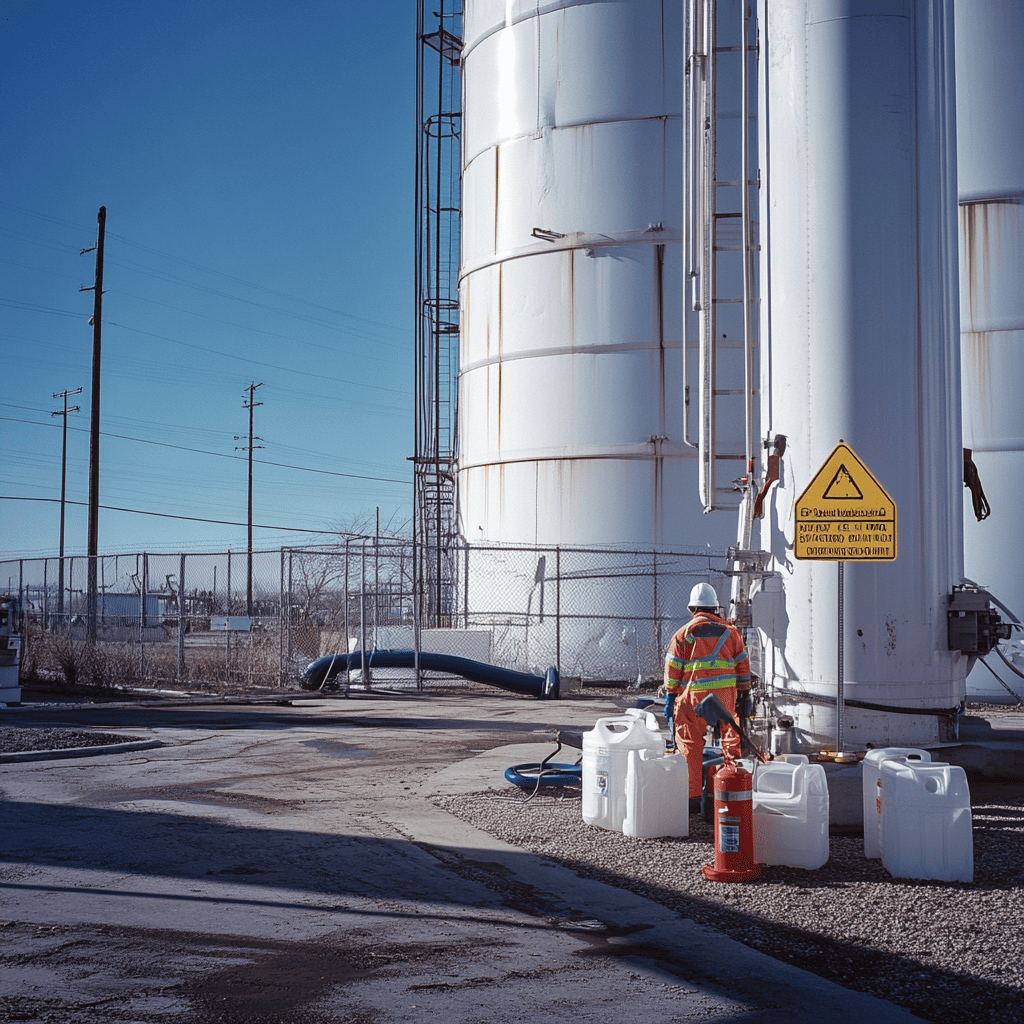
GOODTrustindex verifies that the original source of the review is Google. Whether you need car wash pits sucked out, grease traps cleaned and jetted or any other services provided by Tierra Environmental expect no less than excellent expert service every time. Need assistance in choosing the right equipment and crew? Ask for Ralph. Caught in a pinch where time is a factor? Raplh is your guy. You can always count on Ralph getting the job done no matter the challenge. Happy customer for 10+ yearsTrustindex verifies that the original source of the review is Google. I have used Tierra Environmental for many years to help us pump out catch basins, triple basins and storm drains. They have always been on time and done a great job. If you need any basins pumped out ask for Ralph. He will take good care of you.Trustindex verifies that the original source of the review is Google. Great company great service. Great employees I would recommend them to anybody looking for ServiceTrustindex verifies that the original source of the review is Google. Ralph at Tierra is always helpful, even in an emergency situation, he finds a way to get help to us. Excellent customer service, would highly recommend.Trustindex verifies that the original source of the review is Google. Great company to do business with. Very efficient and quick to respond. Good prices for their services. Will definitely use them again.Trustindex verifies that the original source of the review is Google. A great company to work with! We use them for vacuum, hydrojetting and camera services. Mainly after hours call outs. They are fast to respond to the call.Trustindex verifies that the original source of the review is Google. Emergency response- on several occasions my clients have needed jetted and pumped out to keep their carwash operating. Tierras emergency response is excellent.Trustindex verifies that the original source of the review is Google. What a great company to do business with! Their staff is very helpful and their rates are very reasonable.
Trust Tierra Environmental for All Your Cleaning Needs
Our dedicated team is ready to assist you with tailored solutions that meet your specific requirements. Reach out now for a consultation and let us help you maintain a clean, safe, and compliant facility!
Proven Expertise and Experience
Comprehensive and Versatile Services
Expansive Midwest Presence with National Capabilities
Don’t let neglect lead to costly repairs or compliance issues. Contact Tierra Environmental today to discuss your industrial cleaning needs and discover how our comprehensive services can enhance your operational efficiency and environmental compliance.
Send us a message
What Is Dry Ice Blasting and How Does It Work
The sublimation process occurs when solid carbon dioxide instantly transforms from solid to gas upon impact, expanding 800 times its original volume and creating a lifting action that removes loosened materials. This unique cleaning mechanism eliminates the need for harsh chemicals, abrasive media, or water while producing only carbon dioxide gas that safely dissipates into the atmosphere. The result is thorough cleaning without surface damage or secondary waste generation.
Industries and Applications for Dry Ice Blasting
Fire and Smoke Damage Restoration
The non-abrasive nature of dry ice blasting makes it ideal for cleaning delicate surfaces, architectural details, and historical structures where preservation of original materials is paramount unlike traditional fire restoration methods that often require sanding or chemical stripping, dry ice blasting preserves surface integrity while achieving thorough contaminant removal.
Mold Remediation and Surface Preparation
Surface preparation for painting, coating application, or repair work becomes more efficient with dry ice blasting, which removes old coatings, rust, and surface contaminants without creating abrasive damage. This preparation method ensures proper adhesion for new coatings while reducing project time and labor costs compared to traditional preparation methods.
Manufacturing Equipment Maintenance
The process effectively cleans welding equipment, production molds, conveyor systems, and packaging machinery without the introduction that can cause equipment corrosion or electrical problems. Manufacturing facilities benefit from reduced maintenance costs and improved equipment reliability through regular dry ice blasting maintenance programs.
Automotive and Transportation Cleaning
Fleet maintenance operations use dry ice blasting for truck undercarriage cleaning, removing road salt, grease, and accumulated debris that contribute to corrosion and mechanical problems. This maintenance approach extends vehicle life while reducing long-term maintenance costs through proactive cleaning programs.
Trust Tierra Environmental for All Your Cleaning Needs
Advantages of Dry Ice Blasting Over Traditional Cleaning Methods
Environmentally Safe and Chemical-Free Process
Worker safety improves significantly compared to chemical cleaning methods, as technicians avoid exposure to toxic fumes, skin contact with dangerous substances, or respiratory hazards associated with solvent-based cleaning. Proper ventilation and personal protective equipment ensure safe working conditions while eliminating chemical storage and handling concerns.
Non-Abrasive Surface Protection
The non-abrasive nature allows cleaning of assembled equipment without disassembly, reducing labor costs and downtime while maintaining manufacturer tolerances and specifications. Complex geometries, internal surfaces, and hard-to-reach areas can be cleaned effectively without risk of damage to surrounding components.
No Secondary Waste Generation
This waste reduction eliminates disposal costs while simplifying project logistics and environmental compliance documentation. Facilities benefit from reduced waste management expenses and simplified cleanup procedures that minimize project duration and associated costs.
Reduced Downtime and Operational Efficiency
Quick setup and cleanup procedures minimize project duration compared to traditional methods that require extensive preparation, chemical application time, and post-cleaning neutralization procedures. This efficiency translates to reduced labor costs and faster return to normal operations for commercial and industrial facilities.
Safety Protocols and Professional Certification Requirements
Specialized Training and Certification Standards
Proper training includes an understanding of ventilation requirements, carbon dioxide monitoring, and emergency response procedures specific to dry ice applications. This expertise ensures that projects are completed safely while achieving desired cleaning results without compromising worker safety or project outcomes.
Equipment Safety and Monitoring Procedures
Regular equipment maintenance and calibration ensure reliable operation, while safety monitoring devices provide continuous atmospheric monitoring during operations. These safety measures protect workers while maintaining the consistent performance required for effective cleaning results.
Project-Specific Safety Planning
Site-specific hazard assessment identifies potential risks, including confined spaces, electrical hazards, chemical exposure, and structural considerations that require special safety measures. This planning approach ensures that all safety factors are addressed before work begins while maintaining compliance with applicable safety regulations.
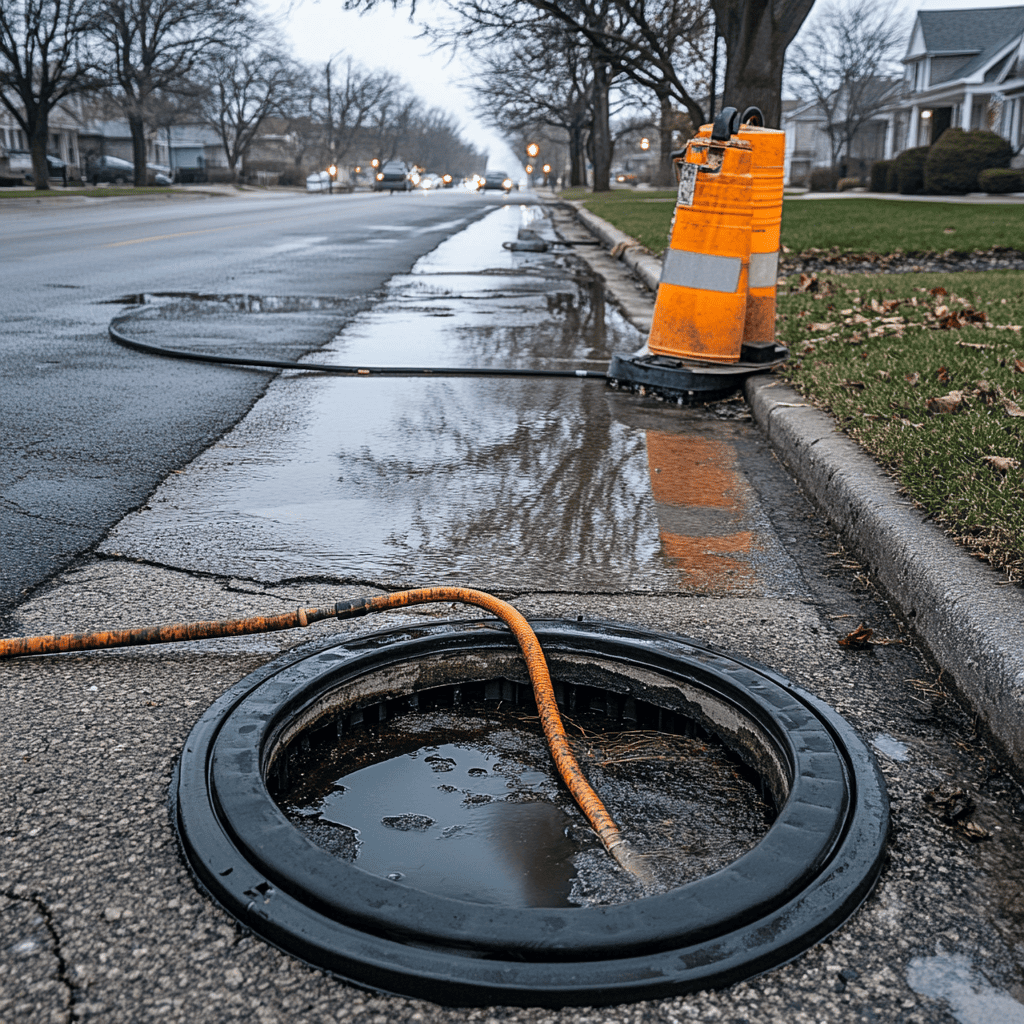
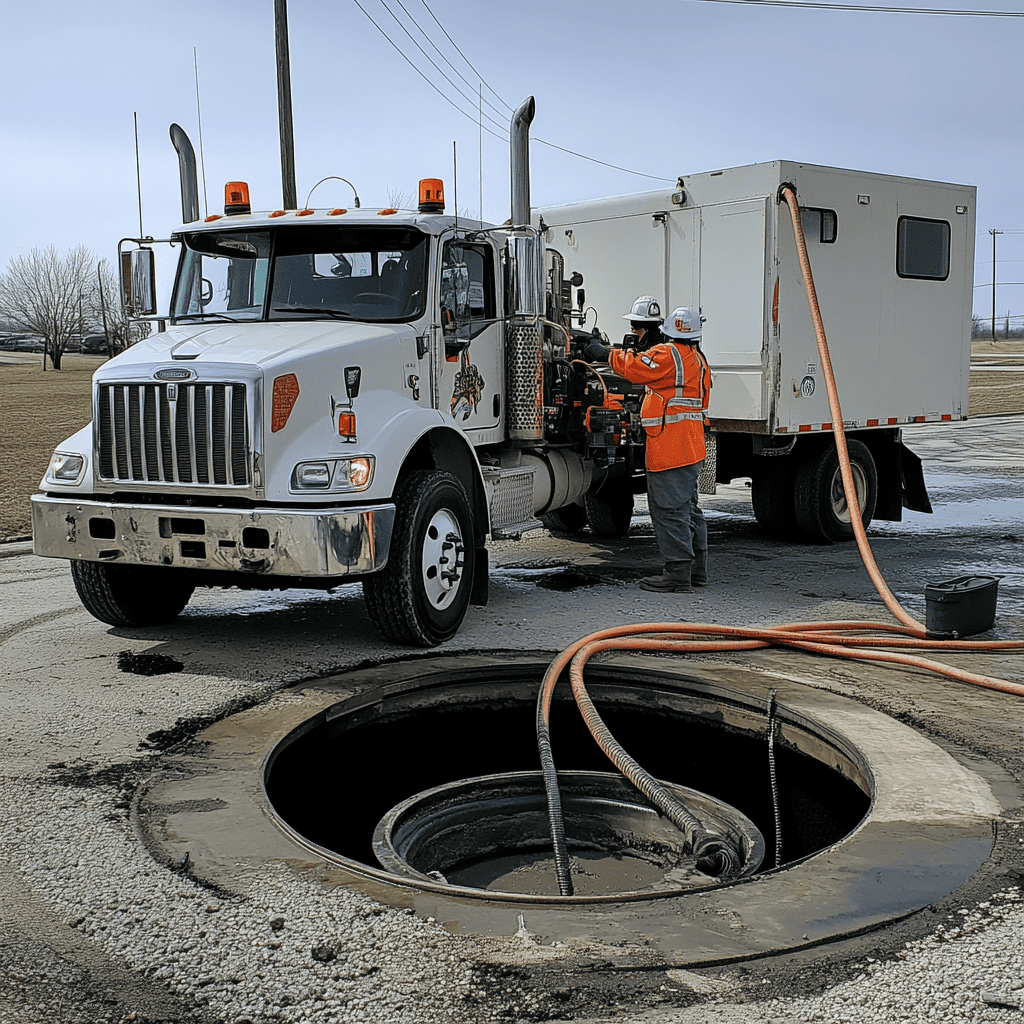
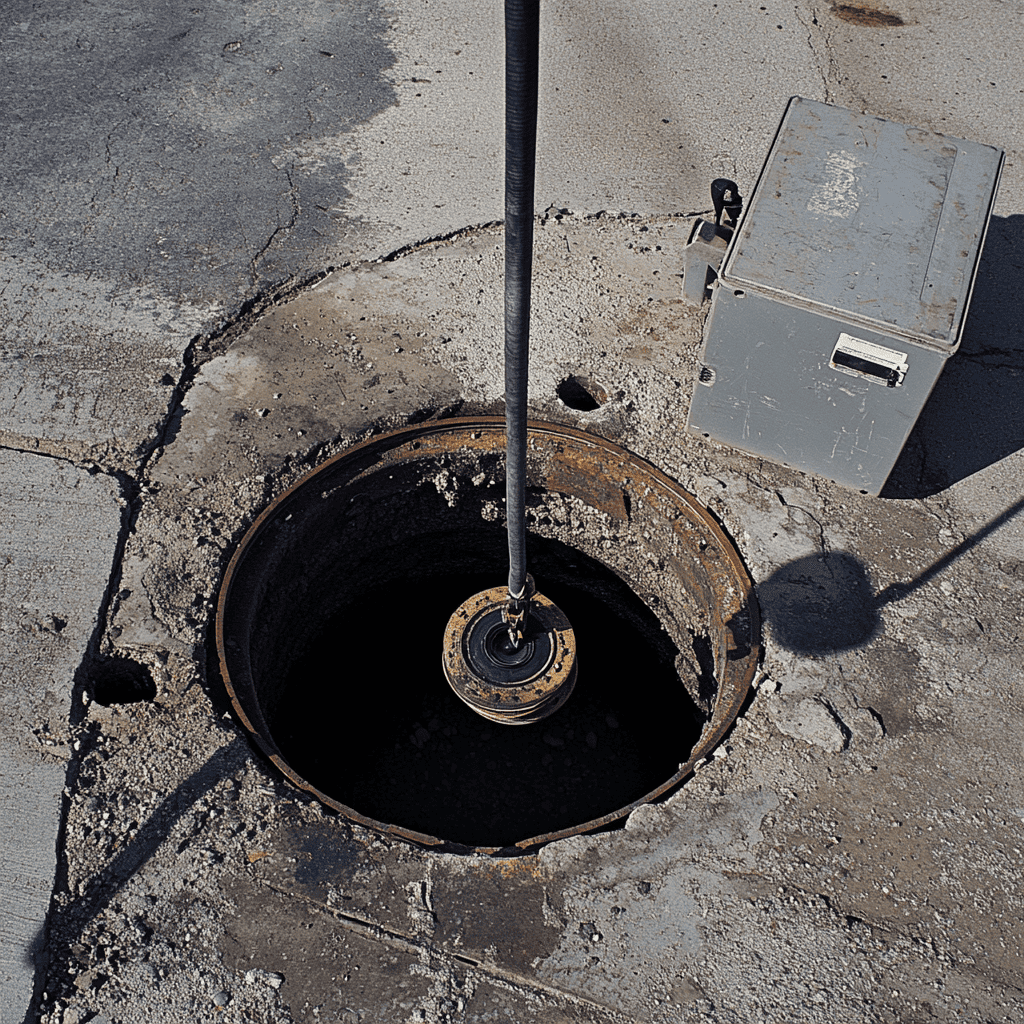
Dry Ice Blasting Equipment and Technology
Advanced Blasting Systems and Performance Capabilities
Automated pellet production systems ensure consistent pellet quality and size distribution, which affects cleaning performance and efficiency. Advanced delivery systems provide precise control over pellet flow rates and distribution patterns, allowing technicians to match equipment settings to specific cleaning challenges for optimal results.
Specialized Nozzles and Application Tools
Tool selection affects cleaning efficiency, surface protection, and project completion time, making proper equipment matching essential for successful project outcomes. Our technicians utilize appropriate tools for each application to ensure effective cleaning while protecting sensitive surfaces and components.
Carbon Dioxide Supply and Quality Standards
Reliable carbon dioxide supply chains maintain pellet quality during transportation and storage, preventing degradation that could affect cleaning results. Proper storage and handling procedures preserve pellet quality while ensuring adequate supply for project completion without interruption.
Project Planning and Surface Assessment
Pre-Cleaning Surface Evaluation
Contamination assessment determines the appropriate cleaning intensity, equipment settings, and technique modifications required for effective removal while protecting underlying surfaces. This evaluation prevents surface damage while ensuring thorough contamination removal that meets project specifications and quality standards.
Cleaning Parameter Optimization
Test cleaning in inconspicuous areas allows technicians to verify parameter settings before full-scale cleaning begins, preventing surface damage while confirming cleaning effectiveness. This testing approach ensures optimal results while minimizing the risk of unintended surface effects.
Environmental and Access Considerations
Access planning ensures that equipment can be positioned effectively while maintaining safe working conditions and preventing interference with ongoing facility operations. Coordination with facility management addresses scheduling, access requirements, and operational considerations that affect project execution.
Trust Tierra Environmental for All Your Cleaning Needs
Quality Control and Performance Standards
Cleaning Effectiveness Verification
Documentation of cleaning results verifies project completion and performance standards for regulatory compliance, warranty requirements, and future maintenance planning. This documentation protects clients while demonstrating professional service quality and attention to detail.
Surface Protection and Damage Prevention
Surface protection measures include masking of sensitive areas, technique modification for delicate surfaces, and real-time adjustment of cleaning parameters based on surface response. These protective measures ensure that cleaning objectives are achieved without compromising surface integrity or functionality.
Post-Cleaning Surface Conditioning
Professional post-cleaning services ensure that surfaces are properly prepared for intended use while meeting specification requirements for subsequent operations. This attention to surface conditioning details ensures long-term project success and client satisfaction.
Applications in Specialized Industries
Food Processing and Manufacturing Facilities
The process effectively removes product residues, labels, adhesives, and sanitizing chemical buildup from processing equipment without disassembly, reducing downtime and maintaining production schedules. FDA-approved cleaning methods ensure compliance with food safety regulations while providing superior cleaning results compared to traditional methods.
Healthcare and Laboratory Environments
Medical equipment cleaning benefits from non-abrasive contaminant removal that preserves equipment function while meeting stringent cleanliness standards. Laboratory applications include fume hood cleaning, equipment decontamination, and facility maintenance that supports research activities and regulatory compliance.
Historical Restoration and Preservation
Architectural restoration benefits from a selective cleaning capability that removes specific contaminants while preserving desired patina, surface characteristics, or historical authenticity. This precision makes dry ice blasting valuable for museum conservation, building restoration, and artifact preservation projects.

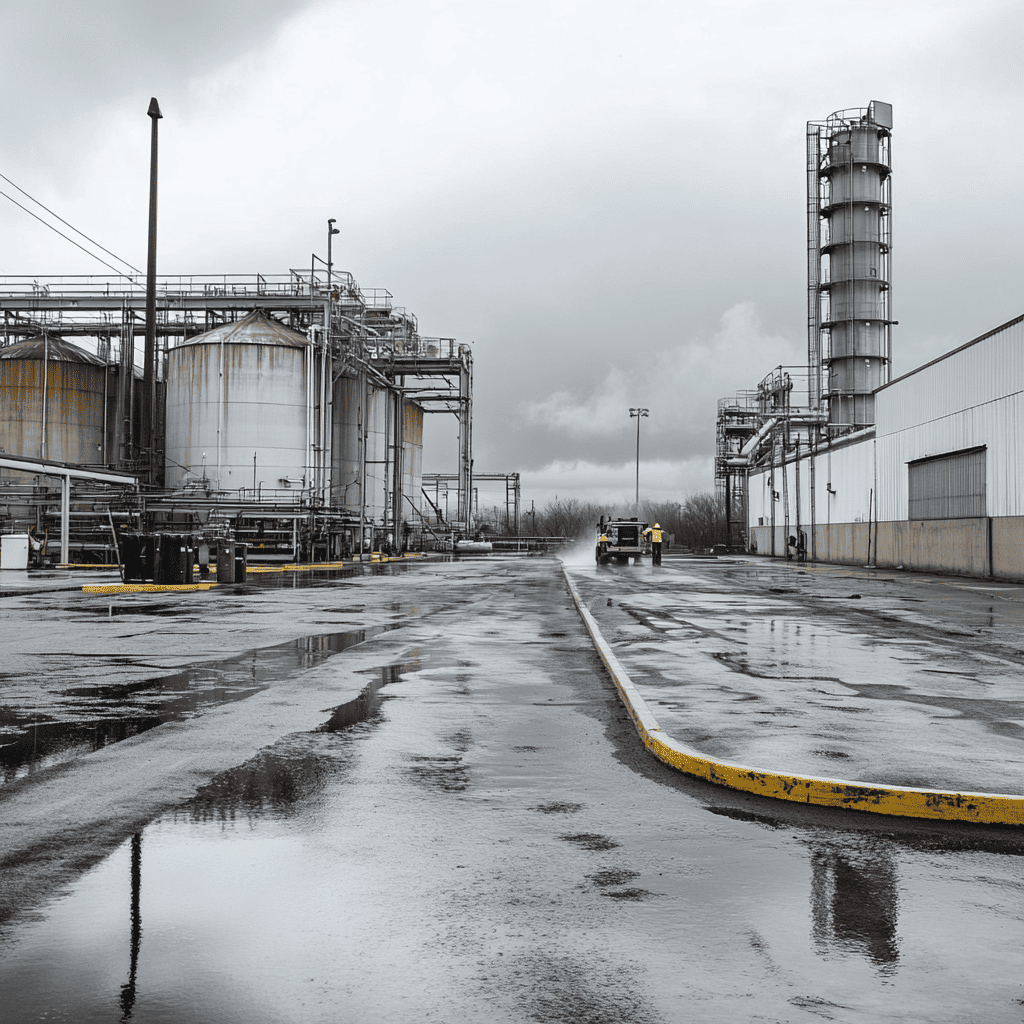
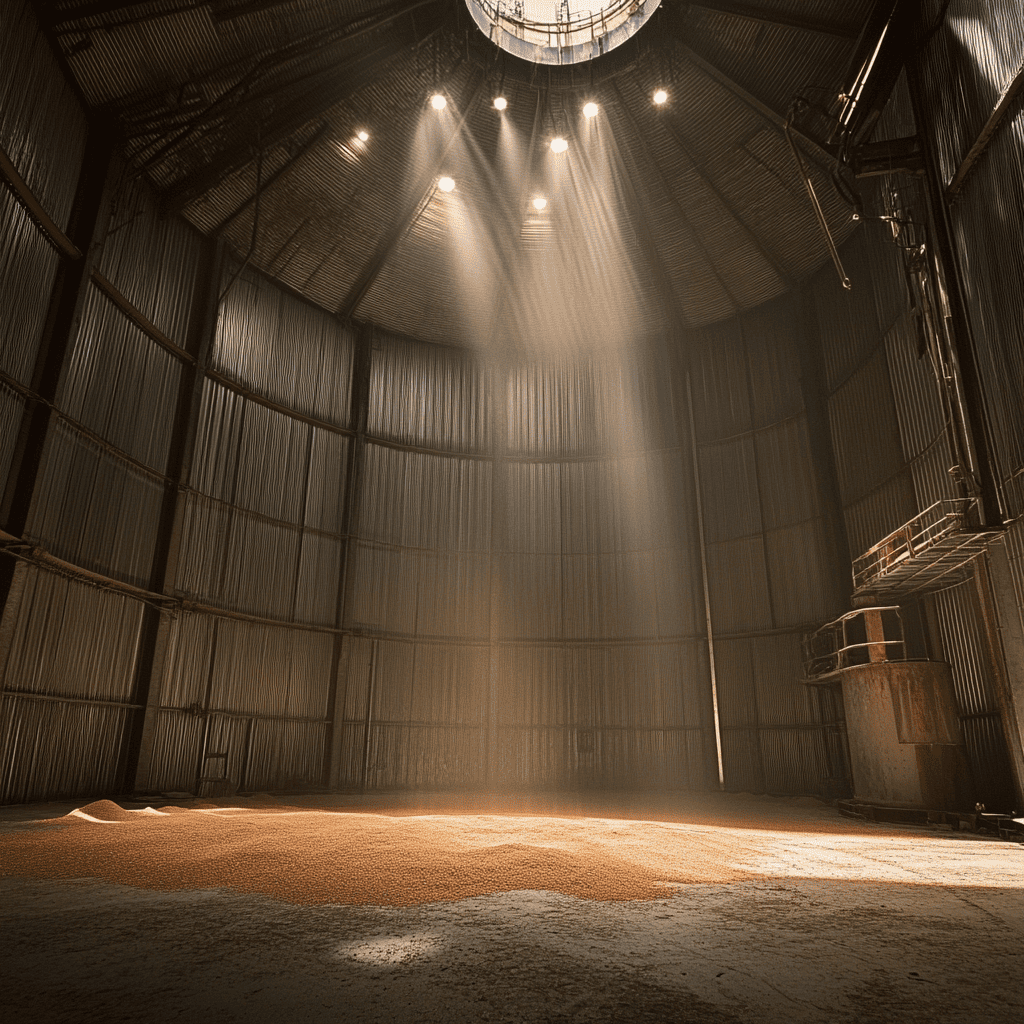
Cost-Effectiveness and Return on Investment
Reduced Labor and Material Costs
Equipment efficiency and reduced consumable costs provide long-term savings compared to methods requiring ongoing chemical purchases, abrasive media replacement, and waste disposal expenses. These operational savings accumulate over time, providing substantial cost advantages for facilities with regular cleaning requirements.
Extended Equipment Life and Performance
Production equipment maintains peak performance through regular cleaning that removes production residues, scale, and contamination that reduces efficiency and product quality. This performance maintenance provides operational benefits that justify cleaning costs through improved productivity and reduced maintenance expenses.
Regulatory Compliance and Risk Reduction
Insurance benefits may include reduced premiums for facilities with documented preventive maintenance programs and improved safety records. Professional cleaning documentation supports insurance requirements while demonstrating proactive risk management that protects against liability claims.
Trust Tierra Environmental for Professional Dry Ice Blasting
From routine equipment maintenance to specialized restoration projects, our team provides the professional service and technical expertise that ensures project success while protecting your valuable assets and operational requirements.
Trust Tierra Environmental for All Your Cleaning Needs
Frequently Asked Questions
Is dry ice blasting safe for all types of surfaces?
- Safe for: Metal, concrete, wood, brick, stone, plastics, composites, and most painted surfaces
- Requires careful technique: Delicate finishes, thin materials, and temperature-sensitive components
- May require alternative methods: Extremely thin materials, certain plastics at low temperatures, and live electrical components
How does dry ice blasting compare to sandblasting in terms of results and cost?
Cleaning Results:
- Non-abrasive removal preserves surface integrity
- No profile change or dimensional loss
- Superior cleaning of complex geometries and internal surfaces
- No embedded abrasive media requiring removal
Cost Considerations:
- No abrasive media purchase or disposal costs
- Reduced secondary waste disposal expenses
- Less surface preparation is required after cleaning
- Lower labor costs due to faster cleanup
Application Differences:
- Sandblasting is better for heavy rust removal and surface profiling
- Dry ice blasting is ideal for contamination removal without surface damage
What types of contaminants can dry ice blasting remove effectively?
Organic Materials:
- Paint and coating removal (multiple layers)
- Adhesives, labels, and tape residues
- Mold, mildew, and biological growth
- Food residues and processing buildup
- Smoke and fire damage residues
Industrial Contaminants:
- Grease, oil, and lubricant buildup
- Rust and oxidation (surface level)
- Welding slag and spatter
- Production residues and scale
- Chemical deposits and staining
Specialized Applications:
- Asbestos encapsulant removal (with proper safety protocols)
- Lead paint removal (following EPA guidelines)
- Historical restoration of multiple contaminant layers
Are there any environmental permits required for dry ice blasting?
Generally, no permits are Required For:
- Carbon dioxide emissions (naturally occurring atmospheric gas)
- Water discharge (no water used in the process)
- Chemical storage or handling
- Hazardous waste generation from cleaning media
Permits May Be Required For:
- Contained contaminant removal and disposal
- Work in environmentally sensitive areas
- Asbestos or lead paint removal projects
- Discharge of removed contaminants
How long does a typical dry ice blasting project take?
Small Projects (1-2 days):
- Equipment cleaning and maintenance
- Small area contamination removal
- Routine facility maintenance
Medium Projects (3-7 days):
- Production equipment overhauls
- Facility restoration sections
- Multiple surface cleaning applications
Large Projects (1-4 weeks):
- Complete facility restoration
- Major equipment refurbishment
- Multi-building cleaning programs
Factors Affecting Duration:
- Surface area and contamination level
- Access requirements and setup complexity
- Surface preparation and post-cleaning requirements
- Weather conditions for outdoor projects
Can dry ice blasting be performed while the equipment is still operational?
Operational Cleaning Possible:
- External surface cleaning of running equipment
- Conveyor cleaning during slow operation
- Accessible surface maintenance during production breaks
Shutdown Required For:
- Internal component cleaning
- Electrical system cleaning
- Confined space applications
- High-pressure system cleaning
Safety Considerations:
- Atmospheric monitoring for carbon dioxide levels
- Coordination with facility operations
- Proper ventilation and safety protocols
- Lock-out/tag-out procedures are required
What safety equipment and training do your technicians have?
Certifications:
- OSHA 10 and OSHA 30 safety training
- HAZMAT operations certification
- Confined space entry qualification
- Equipment-specific operational training
Safety Equipment:
- Atmospheric monitoring devices for carbon dioxide detection
- Personal protective equipment, including respiratory protection
- Emergency response equipment and procedures
- Professional-grade dry ice blasting systems with built-in safety features
Safety Protocols:
- Pre-project safety planning and hazard assessment
- Continuous atmospheric monitoring during operations
- Emergency response procedures and communication
- Coordination with facility safety personnel


